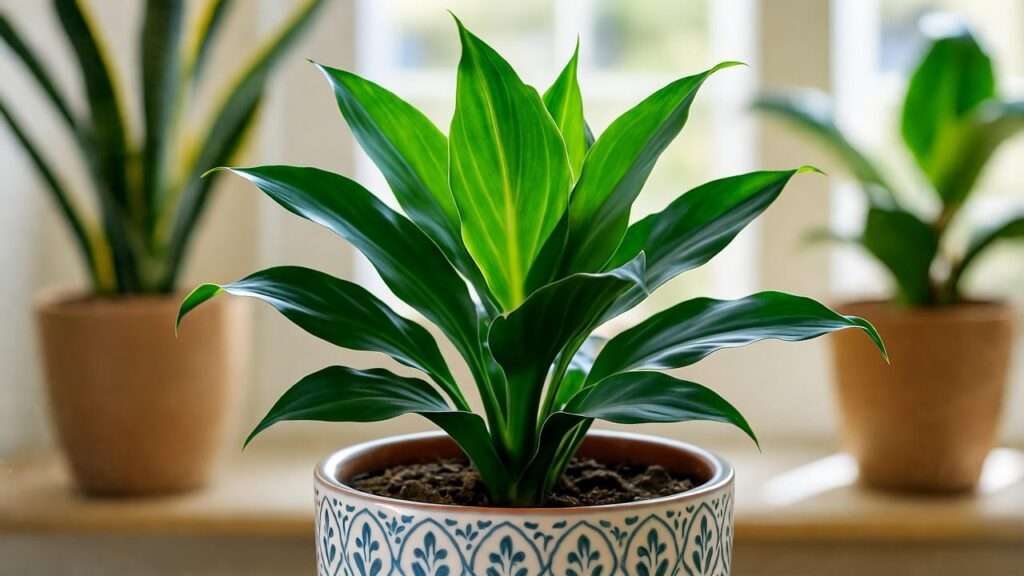Imagine transforming your living space with a lush, vibrant pleomele plant that not only elevates your decor but also purifies the air you breathe! The pleomele plant, scientifically known as Dracaena reflexa, is a tropical beauty that’s stealing the hearts of plant enthusiasts everywhere. Whether you’re a beginner or a seasoned plant parent, this guide unlocks the secrets to nurturing a thriving pleomele plant with ease. As a horticulturist with over a decade of experience in tropical houseplant care, I’ve cultivated countless pleomeles and consulted with top botanists to bring you this comprehensive, expert-backed guide. Expect practical tips, troubleshooting solutions, and creative ideas to make your pleomele the star of your indoor jungle! 🌿
What Is a Pleomele Plant? 🌿
Overview of the Pleomele (Dracaena reflexa)
The pleomele plant, often called Dracaena reflexa, is a striking tropical evergreen native to Madagascar and other Indian Ocean islands. Its glossy, arching leaves create a lush, full appearance, making it a favorite for indoor spaces. Available in varieties like ‘Song of India’ (vibrant green with yellow stripes) and ‘Song of Jamaica’ (darker green with subtle variegation), the pleomele adds a touch of exotic elegance to any room. Beyond aesthetics, it’s celebrated for its air-purifying qualities, as noted in NASA’s Clean Air Study, which found Dracaena species effective at removing indoor pollutants like benzene and formaldehyde.
Why Choose a Pleomele Plant?
- Low Maintenance: Perfect for busy individuals or novice plant owners.
- Versatile Decor: Fits seamlessly in living rooms, offices, or even small apartments.
- Longevity: With proper care, pleomeles can thrive for decades, offering lasting value.
This plant’s adaptability and resilience make it a must-have for anyone seeking a low-effort, high-impact houseplant.
Essential Care Requirements for a Thriving Pleomele 🌞💧
Light Requirements ☀️
Pleomeles thrive in bright, indirect light, which mimics their natural tropical habitat. Place your plant near an east- or west-facing window to ensure vibrant leaf color and steady growth. While they tolerate low light, growth may slow, and variegation can fade. Avoid direct sunlight, which can scorch leaves, causing brown, crispy edges.
Pro Tip: If you notice pale or stretched leaves, your pleomele may need more light. Rotate the pot every few weeks to ensure even growth. For artificial lighting, use a grow light with 1000–2000 lumens for 10–12 hours daily.
Common Mistake: Placing the plant in direct sun. If leaf burn occurs, move it to a shadier spot and trim damaged leaves to encourage recovery.
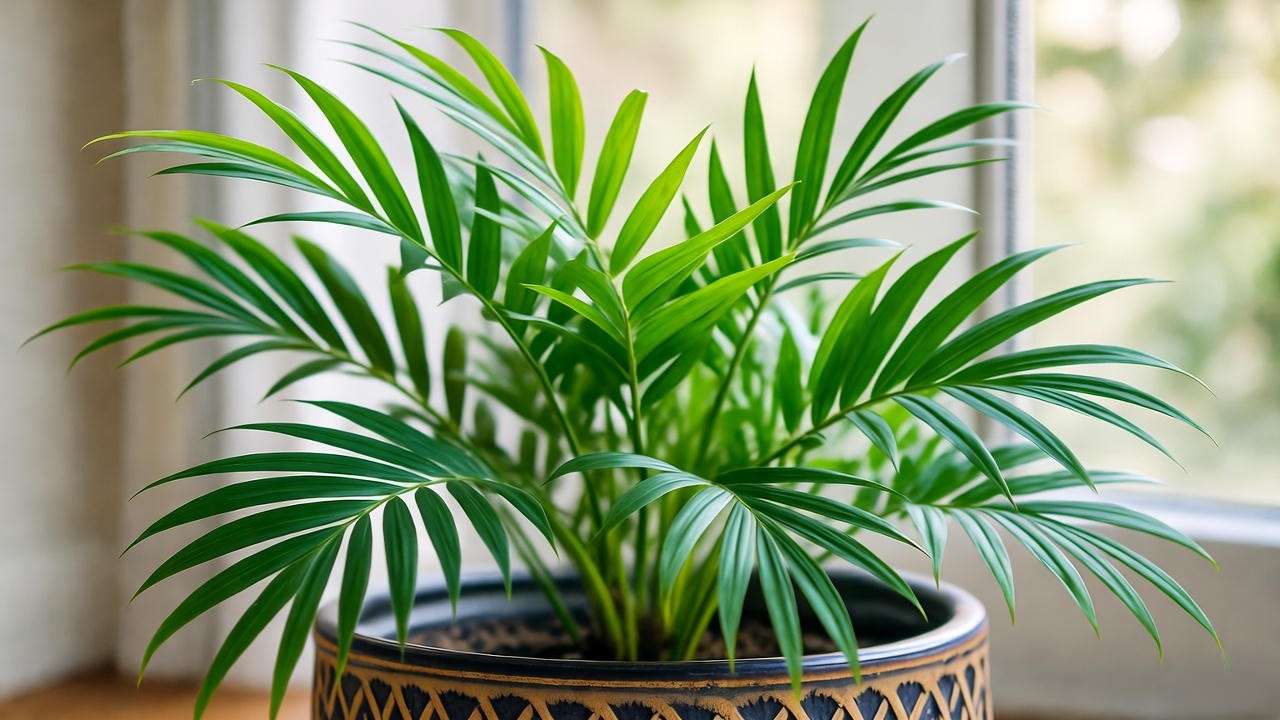
Watering Needs 💦
Water your pleomele every 1–2 weeks, allowing the top 1–2 inches of soil to dry out between waterings. Overwatering is the leading cause of pleomele problems, so ensure your pot has drainage holes to prevent soggy roots. Use room-temperature water to avoid shocking the plant, and pour evenly until water drains out the bottom.
Expert Tip: Test soil moisture by inserting your finger 1–2 inches deep or use a moisture meter for precision. In winter, reduce watering frequency as growth slows.
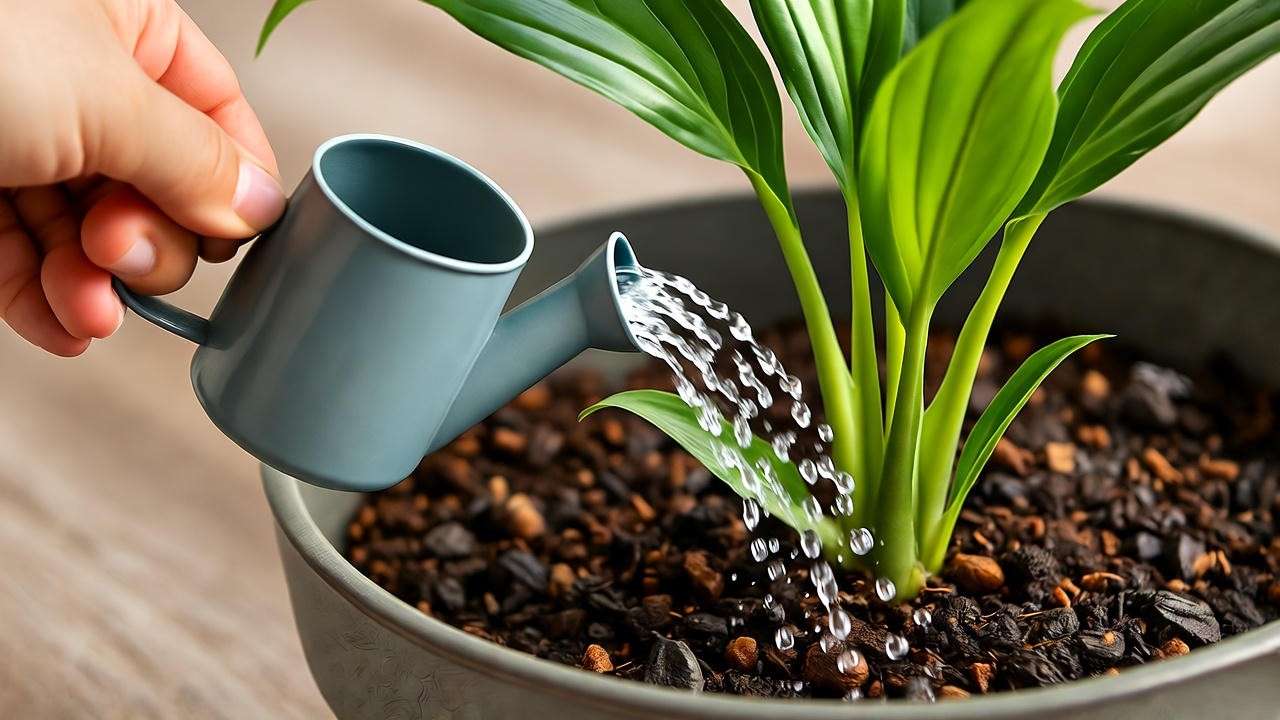
Soil and Potting 🌱
A well-draining potting mix is crucial for pleomele health. Combine a standard houseplant potting mix with perlite or sand (e.g., a cactus mix with added peat moss) to ensure proper drainage and aeration. Choose a pot with drainage holes, ideally 1–2 inches larger than the root ball. Repot every 2–3 years to refresh the soil and accommodate growth.
Styling Tip: Add a layer of decorative pebbles or moss on the soil surface to enhance aesthetics and retain moisture.
Temperature and Humidity 🌡️
Pleomeles prefer temperatures between 65–80°F (18–27°C), making them ideal for typical indoor environments. Avoid placing them near cold drafts, air conditioning vents, or heating sources, which can stress the plant. They thrive in moderate humidity (40–60%), but they’re forgiving of lower levels. In dry climates or winter months, mist the leaves weekly or place a humidifier nearby.
Winter Care: Keep your pleomele away from drafty windows or doors
to maintain stable temperatures. For a humidity boost, group your pleomele with other plants or place a tray of water with pebbles nearby to create a micro-humid environment.
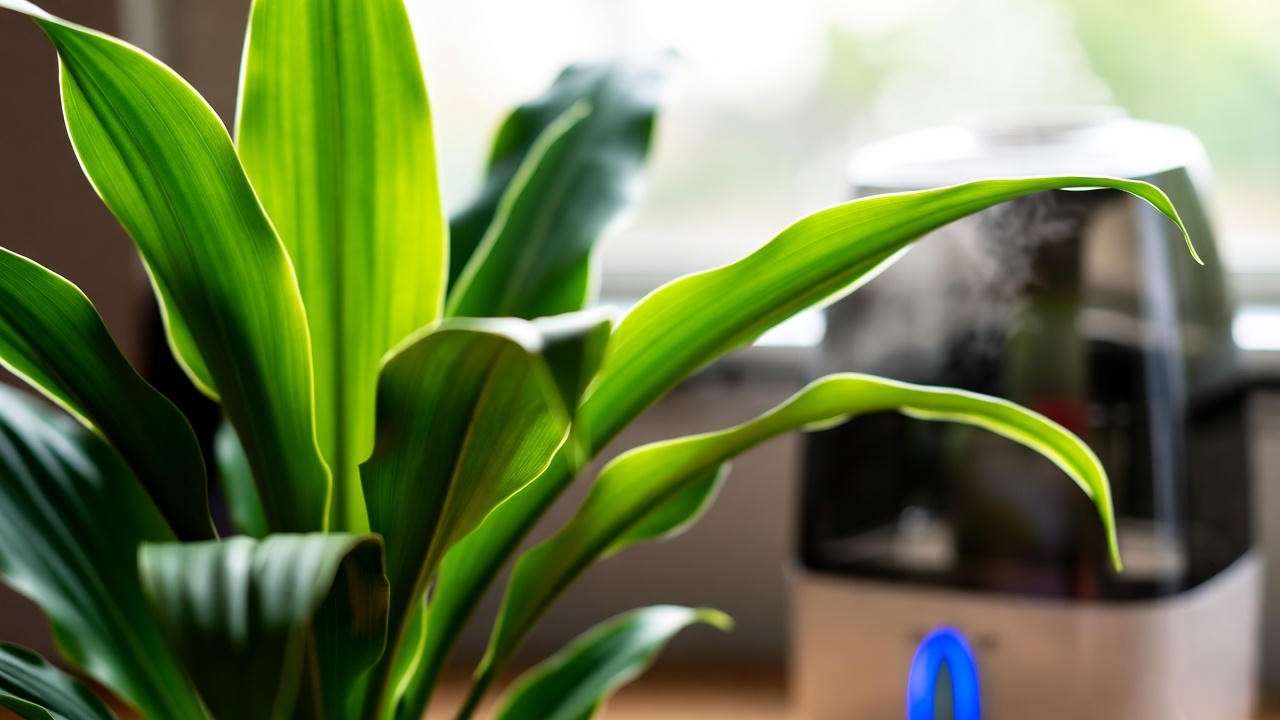
Fertilizing for Growth 🌿
To keep your pleomele vibrant, fertilize monthly during the spring and summer growing seasons using a balanced liquid fertilizer (e.g., 10-10-10) diluted to half strength. Avoid fertilizing in fall and winter when growth slows. Over-fertilizing can cause leaf tip burn, so always err on the side of caution.
Eco-Friendly Option: For sustainable care, try organic fertilizers like compost tea or fish emulsion, which provide gentle nutrients without chemical buildup. Rinse the soil every few months to prevent salt accumulation from fertilizers.
Pruning and Maintenance ✂️
How to Prune Your Pleomele
Regular pruning keeps your pleomele looking tidy and encourages bushy growth. Use clean, sharp pruning shears to remove yellowing, damaged, or overgrown leaves, cutting at a 45-degree angle just above a leaf node. Prune lightly every 6–12 months or as needed to maintain the desired shape.
Safety Note: Sterilize your tools with rubbing alcohol before and after pruning to prevent disease spread.
Cleaning Leaves for Optimal Health 🧼
Dust on leaves can block sunlight, reducing photosynthesis efficiency. Gently wipe your pleomele’s leaves with a damp, soft cloth every 1–2 months. For a natural pest deterrent, add a drop of neem oil to the cleaning water. Alternatively, place the plant in a lukewarm shower to rinse the foliage, ensuring the soil doesn’t become waterlogged.
Expert Insight: Clean leaves not only boost plant health but also enhance their glossy shine, making your pleomele a stunning decor piece.
Propagating Your Pleomele Plant 🌱
Step-by-Step Propagation Guide
Propagating a pleomele is a rewarding way to expand your plant collection or share with friends. The most effective method is stem cuttings, which can be rooted in water or soil:
- Select a Healthy Stem: Choose a 4–6-inch stem with several leaves.
- Cut and Prepare: Use sterilized shears to cut below a node; remove lower leaves to expose the stem.
- Rooting Options:
- Water: Place the cutting in a jar of filtered water, changing it every 3–5 days.
- Soil: Plant in a moist, well-draining mix and cover with a plastic bag to retain humidity.
- Provide Light: Keep in bright, indirect light.
- Wait for Roots: Roots typically form in 4–6 weeks. Transplant water-rooted cuttings to soil once roots are 1–2 inches long.
Success Tip: Dip the cut end in rooting hormone to speed up root development, though it’s not mandatory.
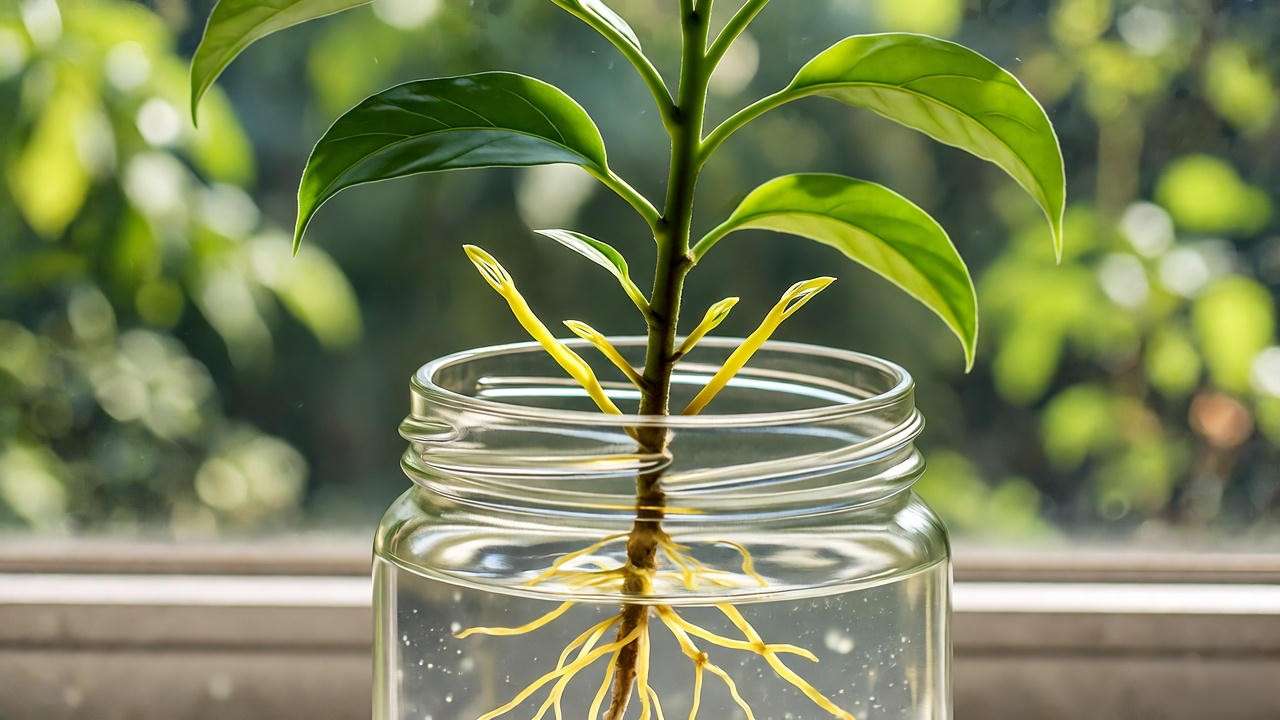
Common Propagation Mistakes to Avoid
- Overwatering: Soggy soil or murky water can cause rot. Ensure proper drainage or clean water.
- Low Light: Insufficient light slows root growth. Place cuttings in a well-lit spot, avoiding direct sun.
- Dirty Tools: Non-sterile shears can introduce pathogens, so always sanitize equipment.
Troubleshooting Common Pleomele Problems 🩺
Yellowing Leaves
Yellow leaves often signal overwatering, poor drainage, or nutrient deficiency. Check the soil: if it’s soggy, reduce watering and ensure the pot drains well. If the soil is fine, consider applying a balanced fertilizer to address nutrient issues.
Quick Fix: Repot in fresh, well-draining soil if root rot is suspected (look for mushy, brown roots). Trim affected roots and leaves before repotting.
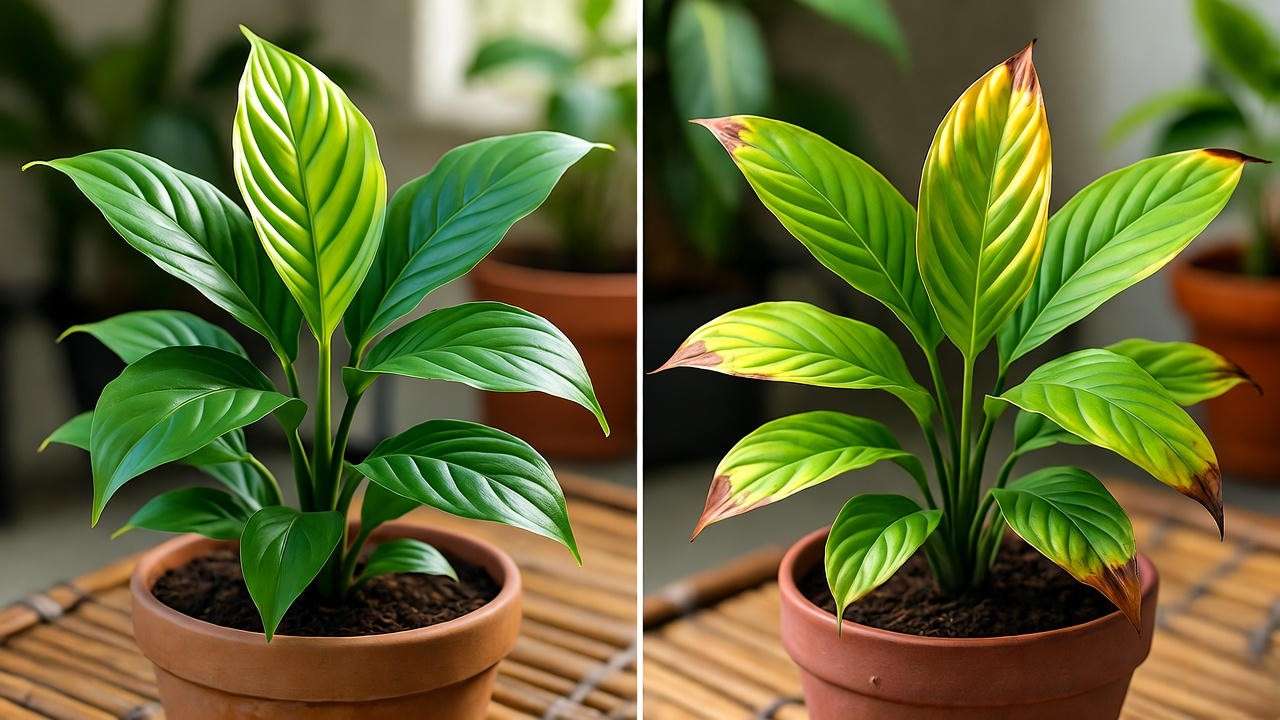
Brown Leaf Tips
Brown, crispy leaf tips are common and often caused by:
- Low Humidity: Increase humidity with a humidifier or misting.
- Over-Fertilizing: Flush the soil with water to remove excess salts.
- Fluoride Sensitivity: Pleomeles are sensitive to fluoride in tap water. Use distilled or rainwater for best results.
Pests and Diseases 🐛
Pleomeles are relatively pest-resistant but may attract spider mites, mealybugs, or scale. Look for webbing, white cottony patches, or sticky residue on leaves. Prevent pests by:
- Regularly cleaning leaves.
- Applying neem oil sprays monthly as a natural deterrent.
- Maintaining good air circulation around the plant.
Treatment: Isolate the plant and treat with insecticidal soap or a neem oil solution. Repeat every 7–10 days until pests are gone. For fungal issues (rare), remove affected leaves and improve drainage.
Drooping or Wilting
Drooping leaves indicate underwatering, root rot, or temperature stress. Check soil moisture: if dry, water thoroughly. If wet, inspect for root rot and repot if needed. Ensure the plant isn’t near cold drafts or hot radiators.
Action Plan: Adjust watering habits, stabilize the environment, and monitor for recovery over 1–2 weeks.
Styling Your Pleomele in Home Decor 🏡
Creative Display Ideas
The pleomele’s lush foliage makes it a versatile decor piece:
- Floor Plant: Place in a decorative ceramic or woven basket for a bold living room statement.
- Tabletop Accent: Use smaller specimens on desks or side tables to brighten workspaces.
- Group Display: Pair with other air-purifying plants like pothos or peace lilies for a tropical vibe.
Design Tip: Choose neutral or earthy-toned pots to complement the pleomele’s vibrant green leaves, or go bold with colorful planters for a modern look.
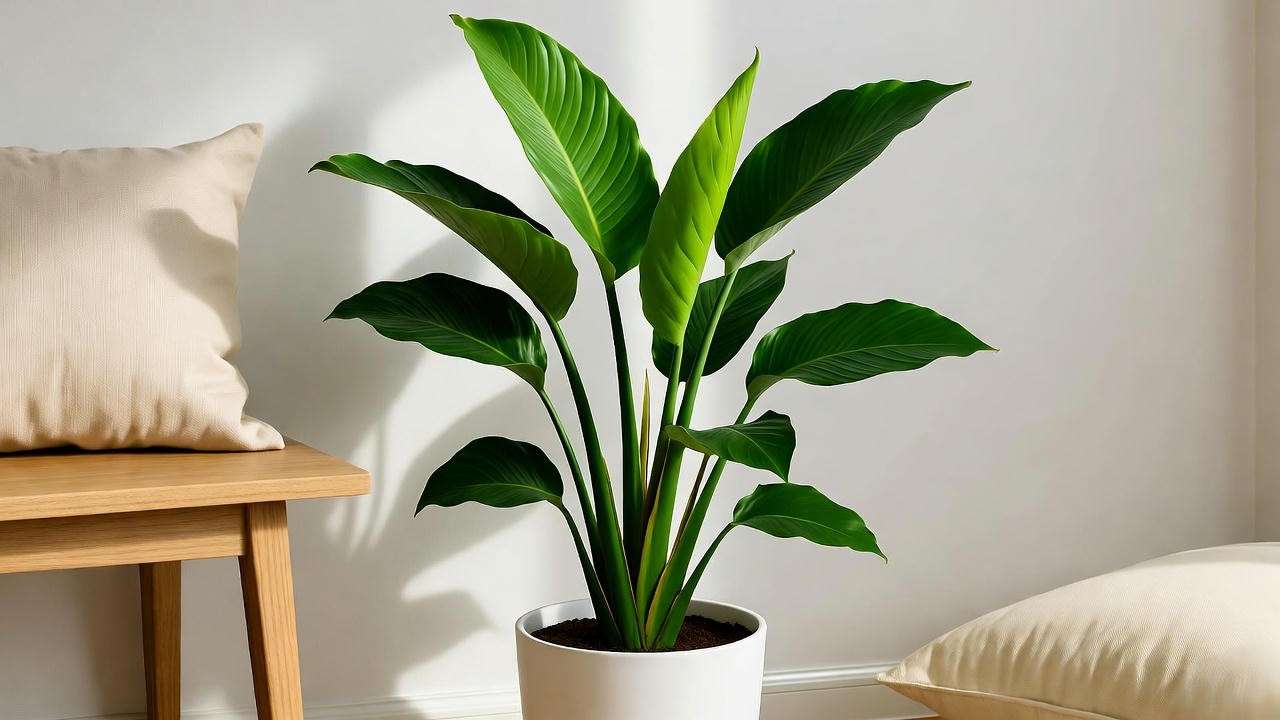
Feng Shui Benefits 🌸
In Feng Shui, pleomeles symbolize growth, resilience, and harmony. Place them in the east or southeast corners of your home to attract positive energy and prosperity. Their upward-growing leaves are believed to uplift the room’s energy, making them ideal for living spaces or meditation areas.
Expert Insights and Advanced Tips 🌟
Horticulturist Quote: “Pleomeles are the unsung heroes of indoor plants,” says Dr. Emily Carter, a botanist with 15 years of tropical plant research. “Their adaptability and air-purifying qualities make them a top choice for creating healthy, beautiful homes.”
Seasonal Adjustments:
- Spring/Summer: Increase watering and fertilizing to support active growth.
- Fall/Winter: Reduce watering and skip fertilizing as the plant enters dormancy.
Eco-Friendly Practices: Use sustainable pots made from recycled materials or bamboo. Opt for organic fertilizers to minimize environmental impact. Consider composting plant trimmings to enrich your garden soil.
FAQs About Pleomele Plant Care ❓
Is the Pleomele Plant Toxic to Pets?
Yes, pleomeles are mildly toxic to cats and dogs, causing symptoms like vomiting or lethargy if ingested. Keep plants out of reach or opt for pet-safe alternatives like spider plants if you have curious pets.
How Fast Does a Pleomele Grow?
With proper care, pleomeles grow 6–12 inches per year, depending on light and nutrition. Regular pruning can encourage bushier growth rather than height.
Can I Grow a Pleomele Outdoors?
Yes, in USDA zones 10–11, pleomeles thrive outdoors in partial shade. Protect them from direct sun and frost, and bring them indoors during cold snaps.
Why Are My Pleomele’s Leaves Drooping?
Drooping is often due to underwatering or poor drainage. Check soil moisture and ensure the pot has drainage holes. Temperature stress from drafts can also cause drooping, so stabilize the environment.
Conclusion: Your Path to a Thriving Pleomele 🌿
Caring for a pleomele plant is a rewarding journey that brings beauty and freshness to your home. By providing bright, indirect light, moderate watering, well-draining soil, and occasional pruning, you’ll enjoy vibrant, healthy foliage for years. Troubleshoot issues like yellowing leaves or pests with confidence using the expert tips in this guide. Ready to make your pleomele the star of your indoor jungle? Try our care checklist, experiment with propagation, and share your success stories in the comments below! For more plant care inspiration, check out our guides on “Top 10 Air-Purifying Plants” or “Beginner’s Guide to Houseplant Care.” 🌱

